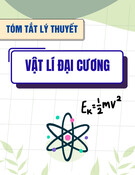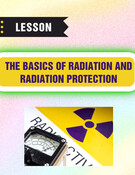
lnteraction of Neutrons lyith S{atter
ilii:
Probleml. , .l
'fwo beams of l-ev neutrons intersect at an angle of g0". The rJensity of neutrons in
both beams is 2xlOrln/cm3.
a) Calculate the intensity of each beam. , , . : ,
b) what is the neutron flux where trre bcanrs intersect? . t,
Problem 2.
A monoencrgctic bcam oI ttctrtrons- 4-x,1,1)t0 n/(s cur2). impingcs on a target I cm2 in
area and 0'l ctn thick. fltcrc l'c 0.048xlOrt at.nrs p*r'.,n1'inir1.'l*e" ij rrr" total
cross-section at the energy of the beanr is 4.5 b"
a) What is the nracroscopic cross-section? I ,, r
b] fg* llany neutron inieracti.ns per second occnr'in the target? :
c) What is the collision den.sity lcoilision rate)? --- -:-- -*'bYr'
Problern 3.
The I entitter ]tat 6]*tr'tife 2.3 min) can he proclucecl by the raclioactive capture of , ,
neutronsby28Al.r.neo.ozs:-"V.,o,,-,ection1brjtlrisreactionis0.23b.Supposethata..
small,0.0l-g aluminurn targer is'placed in a beam "ro.ozi:-rv n",,r*i 3;jtF;i;;X
rvhich strikes the entire target. Calculate:
a) The neutron rlensity in lhc bcam:
b) The *1r, which ttAl is produced.
Problem 4.
A beam of 2-l\'tcv neutrons is inciclerit on a.slah.ofJreavy.,r,r,';rter (D2o). TSe,totat;;:_!,i++
cross-section of deuterium and oxygen at this energy are z.iand 1.6 b, respectively. . , ,
a)Whatistlremacrosbopictotilcross.sectionofheavywaterat2MeV?
,)H:il*fk:rrrrsttheslabbetoreclttccthcintensity,ir.tr'"uncollidedbeambya
c) If an incident neutron has a collision
that it collides with deuterium? in the slab. r.vhat is the relativeprobability


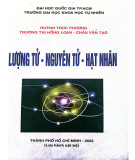


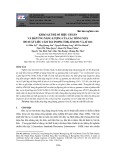
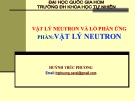
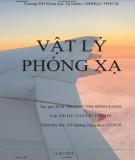
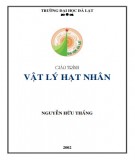
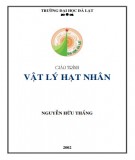

![Bộ câu hỏi lý thuyết Vật lý đại cương 2 [chuẩn nhất/mới nhất]](https://cdn.tailieu.vn/images/document/thumbnail/2025/20251003/kimphuong1001/135x160/74511759476041.jpg)
![Bài giảng Vật lý đại cương Chương 4 Học viện Kỹ thuật mật mã [Chuẩn SEO]](https://cdn.tailieu.vn/images/document/thumbnail/2025/20250925/kimphuong1001/135x160/46461758790667.jpg)




